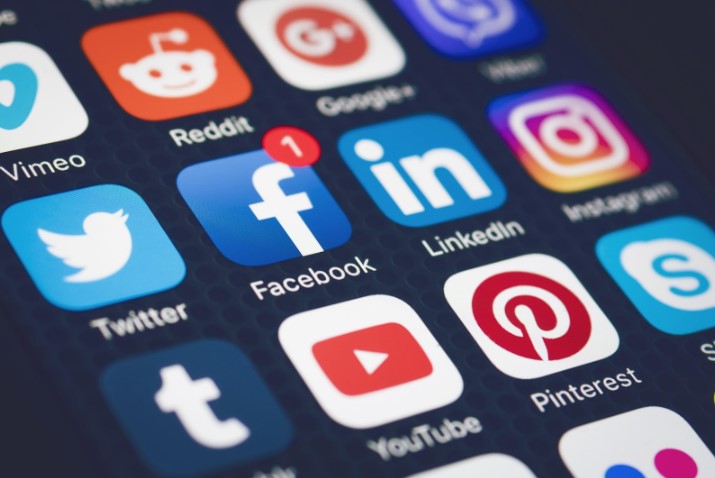How to Leverage Social Media for Maximum Impact in Your Marketing Strategy?

This is the age of social media. Whether you own a small business or a multinational, you cannot escape the ever-widening web of social media channels. As of January 2023, there were 4.76 billion social media users globally, which accounts for nearly 59.4 percent of the world’s total population. The number is only expected to rise in the years to come.
Social media has become a crucial part of any marketing strategy, and leveraging it for maximum impact can help businesses reach their target audience, increase engagement, and drive conversions.
Wondering how to leverage its power? Let’s take you through some ways in this blog post.
#1 Be clear about your goals and target audience
Before you start using social media for marketing, you need to define your goals and target audience. A social media strategy without clear-cut goals and well-defined audience personas would be futile, to say the least. Identify what you want to achieve with your social media strategy and who your ideal customer is.
Your goals should be specific, measurable, and aligned with your overall business objectives. It can be increasing brand awareness, driving online traffic, generating leads, gaining customer loyalty, or establishing industry expertise.
Once you have defined your goals, it’s important to identify your target audience. You can use data from customer surveys, website analytics, and social media insights to better understand your target audience. Your goals will guide your content creation and promotion efforts, while your understanding of your target audience will help you craft messaging that resonates with them.
#2 Choose the platforms wisely
Different social media platforms have different audiences and purposes. Choose the platforms that your target audience is most likely to use and align with your marketing goals. For example, if you want to reach a younger audience, TikTok and Instagram might be the best platforms.
Evaluate the platforms to determine which ones align with your goals and brand. Each platform has its own strengths and weaknesses. For instance, Facebook is great for building brand awareness and customer engagement, while LinkedIn is ideal for B2B marketing and networking.
Also, you will have to look at what platforms your competitors are using and what’s working for them. This can help you identify gaps in the market or find new opportunities to connect with your target audience.
#3 Focus on creating value
Content is king. This is not just an adage, but a reality in today’s digital world. Share content that adds value to your audience, such as informative blog posts, educational content, helpful tips, or entertaining videos. Your content should align with your brand and the interests of your target audience. By providing value, you can build trust and establish yourself as a thought leader in your industry.
Create visual content, such as images and videos either from scratch or by using professional stock photos and video footage, because such content tends to perform better on social media than text-only posts. Use high-quality visuals that align with your brand and messaging to capture your audience’s attention.
Another popular type of content you should focus on is user-generated content (UGC). This is content created by your customers or followers. Encouraging UGC can help build brand awareness, increase engagement, and provide social proof. Consider running a UGC campaign or asking customers to tag your brand in their posts.
#4 Consider influencer marketing
One great way to leverage the power of social media for maximum impact is influencer marketing. You can collaborate with influencers—those individuals who have a huge fan following—to push your brand forward in a competitive social media space. Influencer marketing can help you reach a larger audience and build credibility with your target audience.
Look for influencers who align with your brand values and target audience. Follow them on social media, engage with their content, and share their posts. When you reach out to them about a potential partnership, personalize your message and explain why you think they would be a good fit for your brand.
Influencer marketing can be a powerful tool for building brand awareness, reaching new audiences, and driving conversions. By identifying relevant influencers and forging long-lasting relationships, you can create successful influencer marketing campaigns that achieve your marketing goals.
In Conclusion
Success on social media does not happen overnight. The key to leveraging social media for maximum impact in your marketing strategy is to be consistent, authentic and focused on delivering value to your audience. By following these tips, you can build a strong social media presence that helps you achieve your marketing goals and take your business a notch higher.







